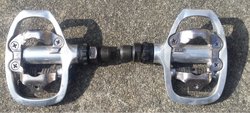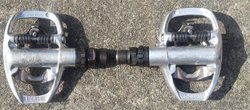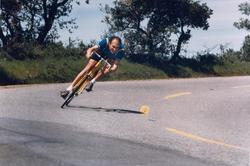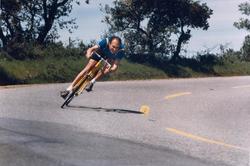I'm more of a straight line merchant. Going fast around bends I always seem to be envisioning the front wheel going from under me. Maybe I should pay more attention to @Ajax Bay 's analysis...get it over to 40+ degrees and rely on the immutable laws of Physics
That'd work, remember at angles less than 45 degrees you are still developing the same contact point on the road, so if you shift your weight out to the outside of the corner to maintain the same relative centre of gravity over the contact point you can angle the bike further. Moving the angle beyond 45 degrees the angle of forces on the road are no longer perpendicular but parallel which is what causes the tyre to skate off. This of course assumes dry surfaces.
Edit: This is why velodrome corners are banked and we have berms on MTB trails, it reduces the relative angles between bike and road allowing faster cornering.

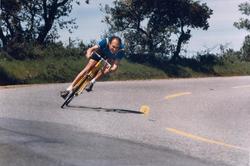
 ]:
]: